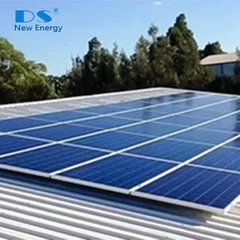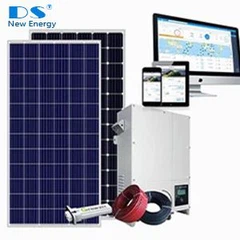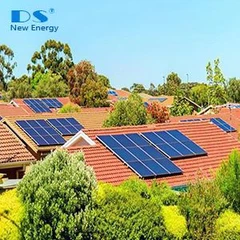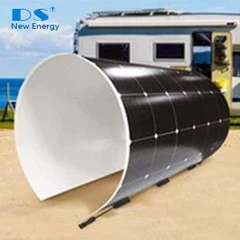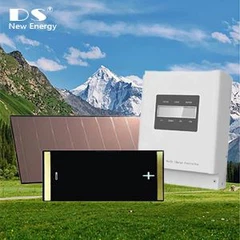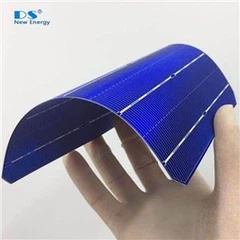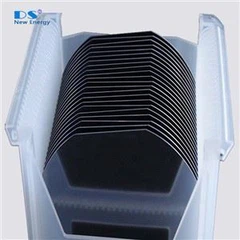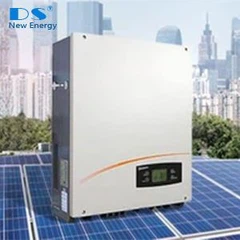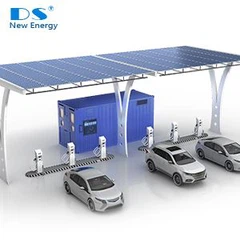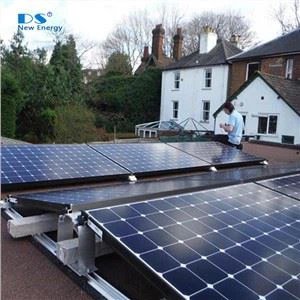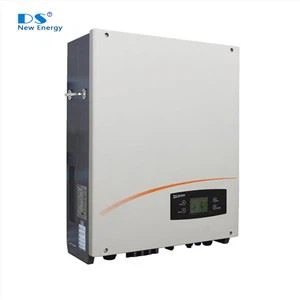Source: iea.org

Global renewable electricity generation is forecast to climb to over 17 000 terawatt-hours (TWh) by the end of this decade, an increase of almost 90% from 2023. This would be enough to meet the combined power demand of China and the United States in 2030.
Over the next five years, several renewable energy milestones are expected to be reached. In 2025, renewables-based electricity generation is set to overtake coal-fired generation. In 2026, wind and solar power generation are each poised to surpass power generation from nuclear. Then, in 2029, electricity generation from solar PV is set to surpass hydropower, becoming the largest renewable power source globally – with wind-based generation expected to surpass hydropower in 2030.
This edition of the IEA's annual Renewables market report provides forecasts for the deployment of renewable energy technologies in electricity, transport and heat to 2030, while also exploring key challenges facing the industry and identifying barriers that are preventing faster growth.
At the COP28 UN Climate Change Conference in December, governments agreed to work together to triple the world's installed renewable energy capacity by 2030. Renewables 2024 offers a comprehensive country-level analysis on tracking progress towards the global tripling target based on current policies and market developments. Additionally, it assesses the challenges to faster expansion.
For the first time, the report features a special chapter on renewable fuels, including bioenergy, biogases, hydrogen, and e-fuels. It forecasts their role in global energy demand by 2030 and their potential for decarbonizing the industry, building, and transport sectors.
In addition to its detailed market analysis and forecasts, the report also examines key developments for the sector, including policy trends driving deployment, solar PV and wind manufacturing, the costs of renewable technologies, electrolyser and renewable capacity for hydrogen production, prospects for renewable energy companies, and system integration of renewables, along with grid connection queues.

